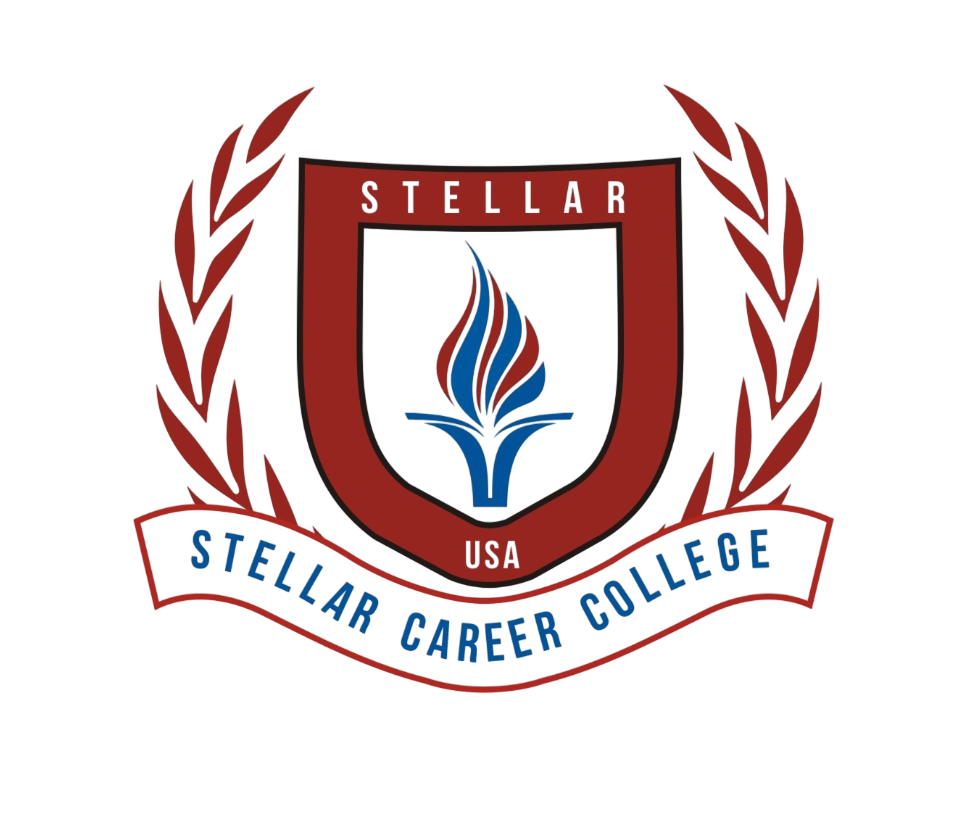
Echocardiography | Stellar Career College
Introduction
The field of healthcare offers numerous career paths, each with unique challenges and rewards. Among them, echocardiography plays a vital role in diagnosing and monitoring heart conditions. Because it combines advanced imaging with patient care, this field continues to grow in demand. If you are passionate about healthcare and interested in cardiovascular health, pursuing a career in echocardiography could be the perfect fit for you. In this article, we will explore its importance, techniques, training, and career opportunities.
What is Echocardiography?
Echocardiography is a non-invasive imaging technique that uses ultrasound waves to create real-time images of the heart. Through these images, healthcare professionals can clearly evaluate heart structure and function. As a result, echocardiograms help diagnose heart diseases, monitor treatment progress, and guide surgical interventions effectively.
Importance of Echocardiography in Healthcare
Echocardiography significantly impacts cardiovascular healthcare. It provides detailed heart images that allow doctors to detect and manage conditions such as heart valve diseases, congenital defects, heart failure, and coronary artery disease. Moreover, it enables professionals to measure blood flow, evaluate pumping efficiency, and monitor overall cardiovascular health.
Echocardiography Training and Education
To begin a career in echocardiography, specialized training and education are essential. At Stellar Career College, students receive comprehensive instruction in anatomy, physiology, ultrasound physics, and imaging techniques. Furthermore, hands-on training in modern labs and clinical settings ensures students gain the practical skills required to perform echocardiographic examinations with accuracy.
Types of Echocardiography Techniques
Echocardiography includes several techniques designed for specific purposes:
- Transthoracic Echocardiography (TTE): The most common, non-invasive method where the transducer is placed on the chest.
- Transesophageal Echocardiography (TEE): The transducer is placed in the esophagus for clearer heart images.
- Stress Echocardiography: Used to evaluate heart function during exercise or medication-induced stress.
- Three-Dimensional Echocardiography: Provides 3D images for enhanced visualization and analysis.
Career Opportunities in Echocardiography
The demand for skilled echocardiographers continues to rise due to the increasing prevalence of heart disease. Professionals in this field can work in hospitals, diagnostic centers, medical clinics, or cardiovascular research facilities. They often collaborate with cardiologists and surgeons, ensuring accurate diagnostic data that supports treatment decisions.
Skills and Qualifications Required
Successful echocardiographers possess strong knowledge of cardiac anatomy and physiology. They also demonstrate expertise in using ultrasound equipment and interpreting images. In addition, effective communication and compassionate patient care remain vital to the role, as echocardiographers frequently interact with patients.
Echocardiography Salary and Job Outlook
Echocardiographers enjoy competitive salaries that reflect both their expertise and the importance of their work. Although income varies by experience and location, the job outlook is highly positive. Because the need for cardiovascular care continues to increase, echocardiography promises a stable and rewarding career path.
Advancements in Echocardiography Technology
Technological progress has transformed echocardiography. Modern ultrasound machines now deliver higher resolution, real-time 3D imaging, and improved accuracy. Additionally, artificial intelligence (AI) integration assists with image analysis and automated measurements. These innovations ultimately improve patient outcomes and streamline the diagnostic process.
Echocardiography Research and Innovations
Ongoing research continues to expand the possibilities of echocardiography. Studies explore applications in fetal cardiology, interventional cardiology, and cardiac electrophysiology. By advancing techniques and imaging protocols, researchers help extend echocardiography’s role in diagnosing and treating complex conditions.
Echocardiography and Patient Care
Echocardiographers contribute directly to patient care. Beyond conducting imaging, they support patients throughout the process, easing concerns and ensuring comfort. Through their expertise, they provide valuable insights that guide treatment and enhance patient outcomes.
Conclusion
Echocardiography combines technology, medical expertise, and patient care to improve heart health. With proper training and qualifications, you can build a career that not only offers stability but also makes a meaningful impact on patients’ lives. By joining Stellar Career College, you take the first step toward advancing your future in this vital healthcare field.

